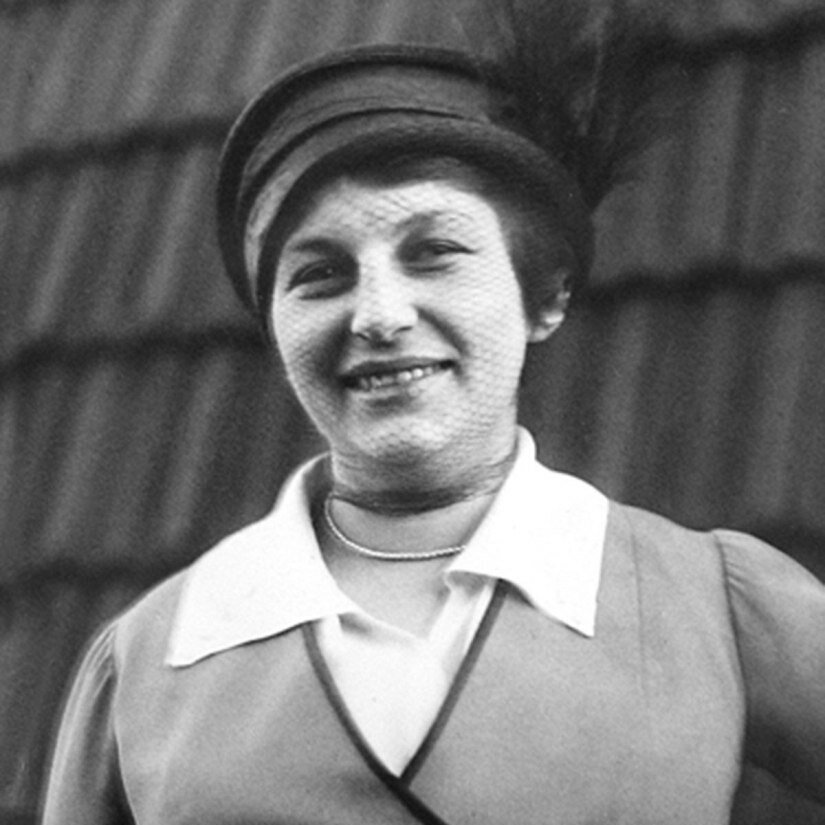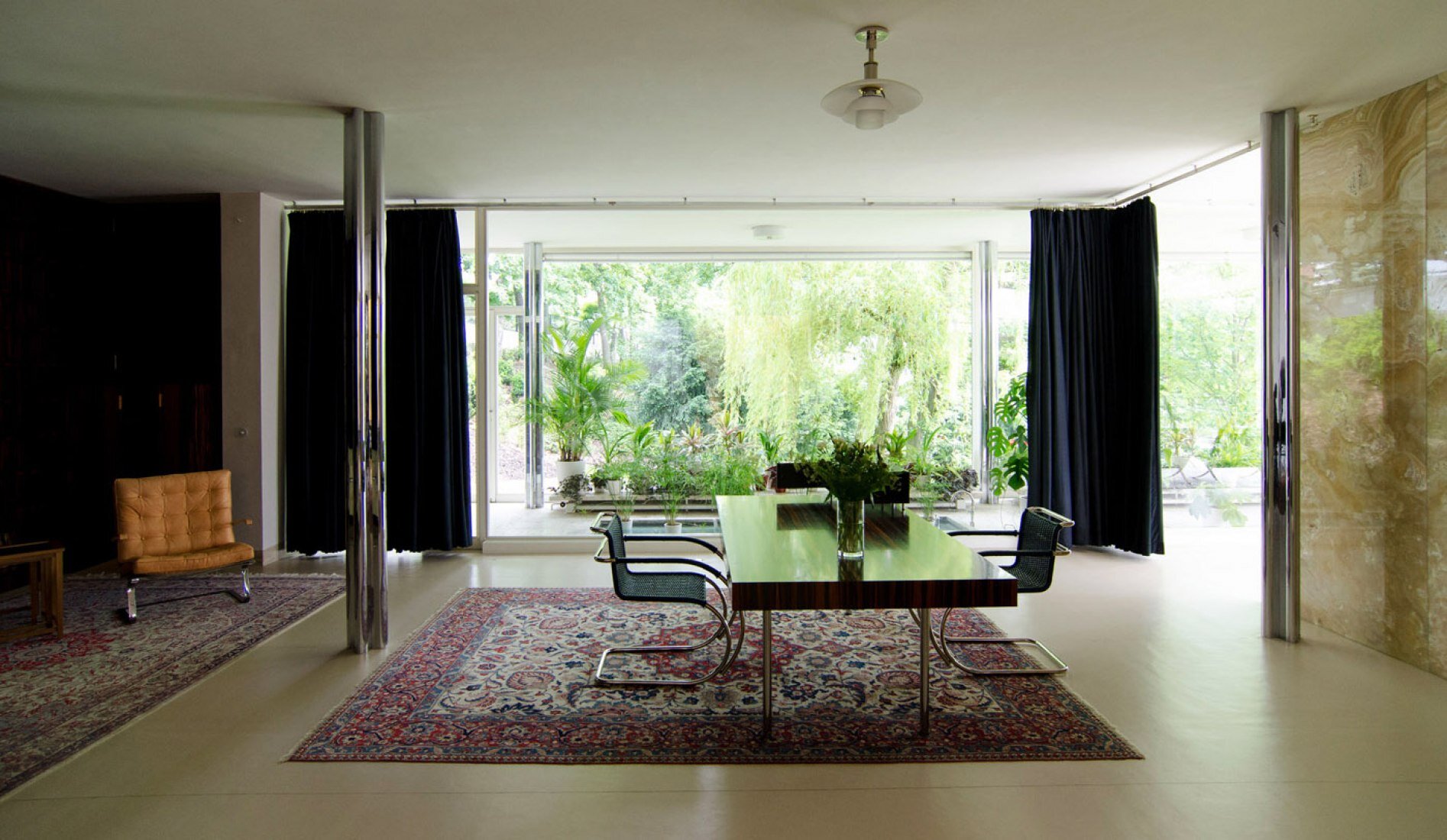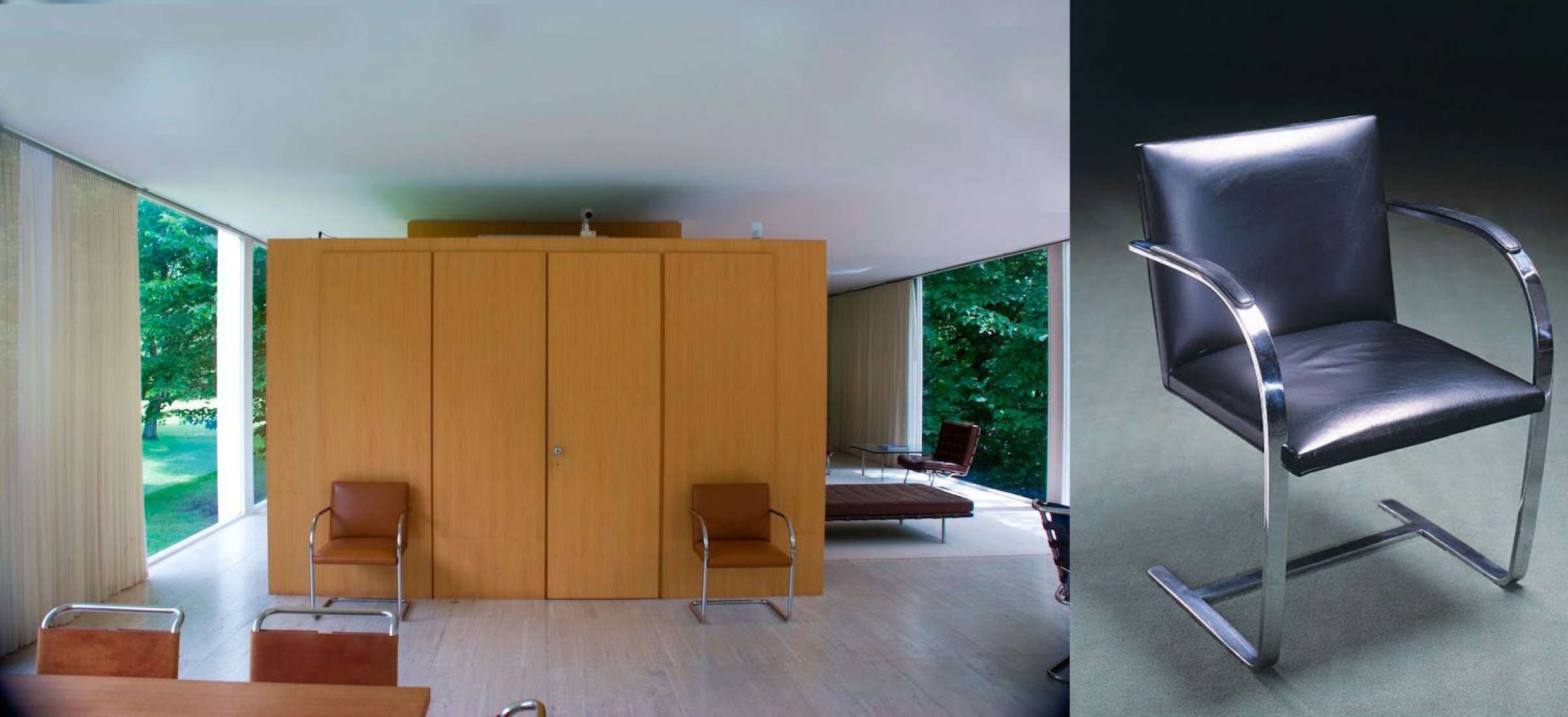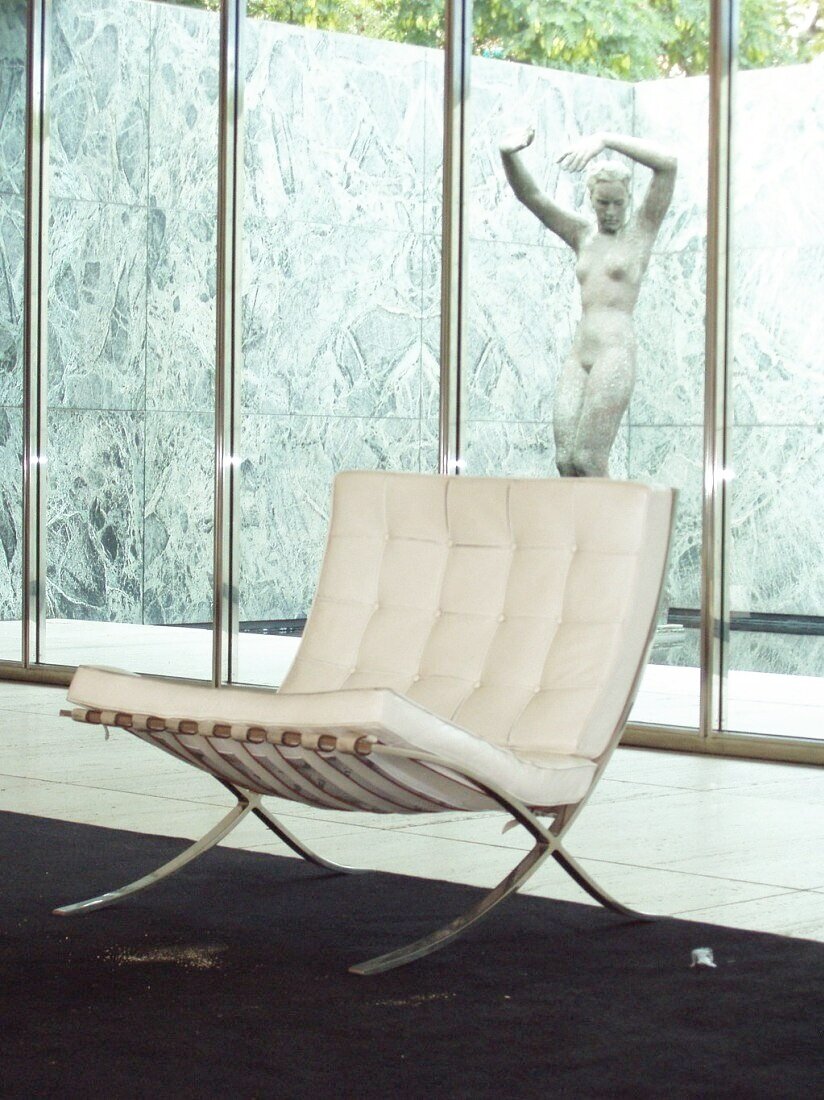Episode 12: Lilly Reich
Lilly Reich was born on June 16th, 1885 in Berlin, Germany. Her career began as an industrial embroiderer. With this skill, she also became interested in furniture design. This led her to study at Wiener Werkstätte (Vienna Workshop) in Vienna, Austria where she learned and worked under Josef Hoffman, who was a prominent architect and furniture designer at that time. In 1912, Lilly joined the Deutscher Werkbund in Germany. The Deutscher Werkbund (German Association of Craftsmen or German Work Federation) was an organization that aimed at bringing the highest standards of design to mass-produced output. This organization became a major early influence on people like Le Corbusier, Walter Gropius, and one Mies van Der Rohe.
In 1926, Lilly met Mies through the organization and that's where their professional and romantic relationship began. In fact, Lilly and Mies were BOTH named the artistic directors representing Germany at the Barcelona World Exposition. Two of her most famous works were in collaboration with Mies which include the Brno Chair featured in the Tugendhat House and the Barcelona Chair from the Barcelona Pavilion.
After World War II, Lilly taught at the Berlin University of the Arts. Lilly was even part of the group that was going to bring back the Deutscher Werkbund (German Association of Craftsmen or German Work Federation), but sadly she passed away in 1947 before her role could be re-established.
You can credit Lilly with the documentation of ALL OF Mies’ work. If it wasn’t for her, his work could have easily been destroyed during the War. She saved more than 2000 drawings, now a part of the MoMA archive. Her furniture pieces are considered to be some of the most important furniture pieces in the last century.
Caryatid: Kate Duncan
Kate Duncan is a furniture designer based out of Toronto, Canada. She has been doing her thing for the past twenty years, creating heirloom-quality furniture. Her designs are influenced by the brutalist movement that was popular in the ’70s and ’80s. Her work is mostly made out of North American Hardwoods. Besides her aesthetic and craftsmanship, in 2014 Kate founded "Address Design Show" an inclusive annual exhibit that promotes both well-established and up-and-coming creatives.
References
“---.” Architectuul, architectuul.com/architect/lilly-reich. Accessed 17 Nov. 2020.
Burroughs, Milly. “Overlooked: The Female Modernist Behind Iconic Bauhaus Designs.” AnOther, 29 Aug. 2019, www.anothermag.com/design-living/11873/female-bauhaus-modernist-designer-lilly-reich-barcelona-brno-weibenhof-chair.
Conroy, Sarah Booth. “Van Der Rohe’s Chairs: The Mystery of the Designing Lovers.” Washington Post, 11 Mar. 1977, www.washingtonpost.com/archive/lifestyle/1977/03/11/van-der-rohes-chairs-the-mystery-of-the-designing-lovers/ab37a0e1-15e5-42e0-bdbb-304dec1fbe20.
“Lilly Reich.” Bauhaus Kooperation, www.bauhauskooperation.com/knowledge/the-bauhaus/people/masters-and-teachers/lilly-reich. Accessed 17 Nov. 2020.
“Lilly Reich, Designer of Bauhaus Modernity | The Strength of Architecture | From 1998.” Metalocus, Jose Juan Barba and Maria Redondo, 28 Apr. 2019, www.metalocus.es/en/news/lilly-reich-designer-bauhaus-modernity.
All images were sourced from:
“Lilly Reich, Designer of Bauhaus Modernity | The Strength of Architecture | From 1998.” Metalocus, Jose Juan Barba and Maria Redondo, 28 Apr. 2019, www.metalocus.es/en/news/lilly-reich-designer-bauhaus-modernity.







